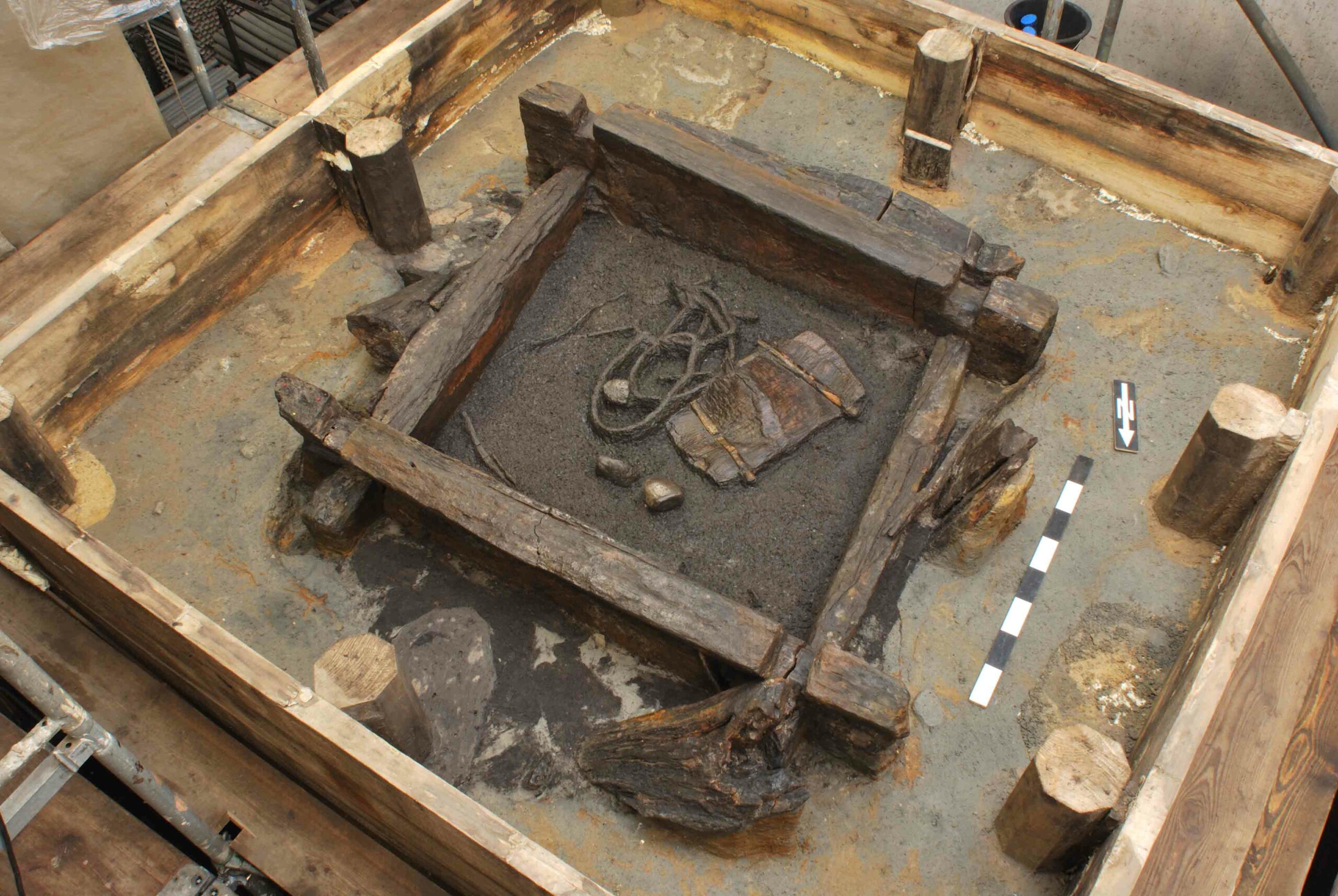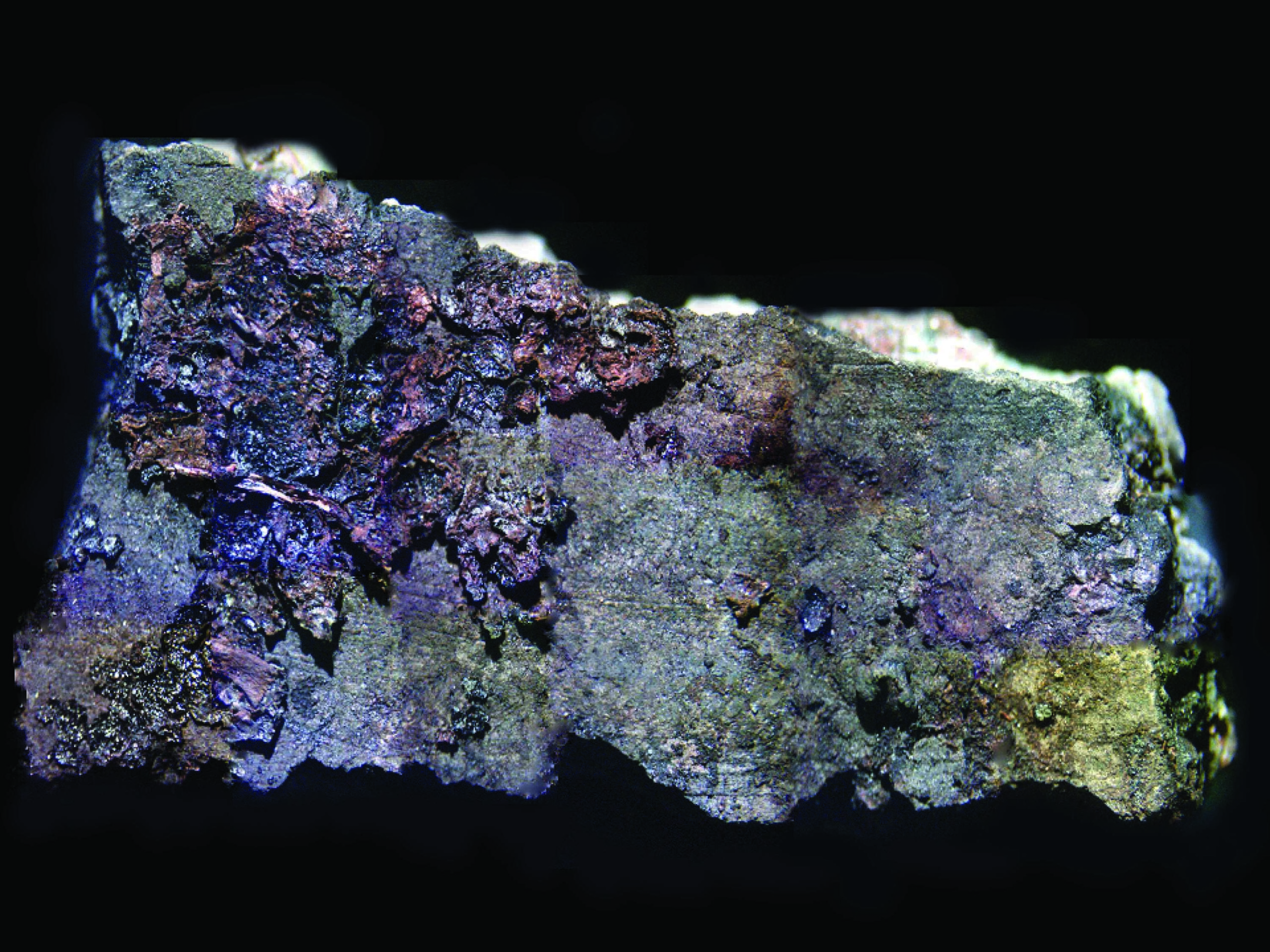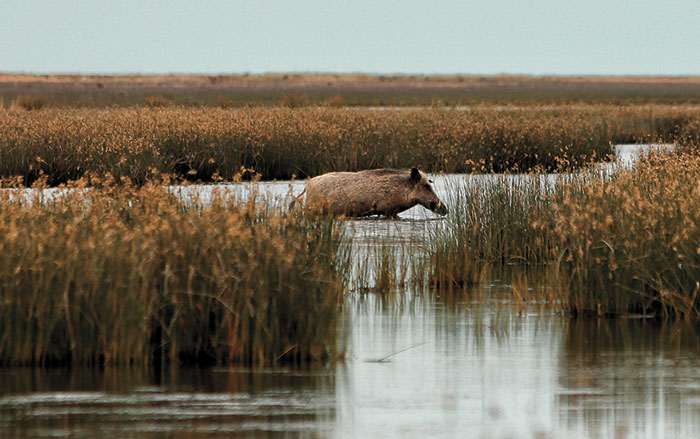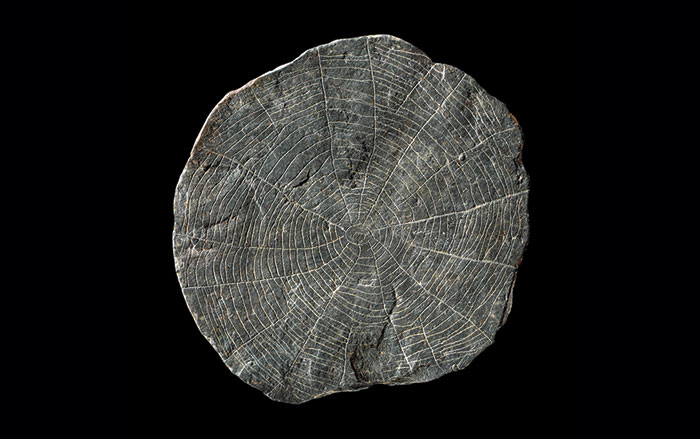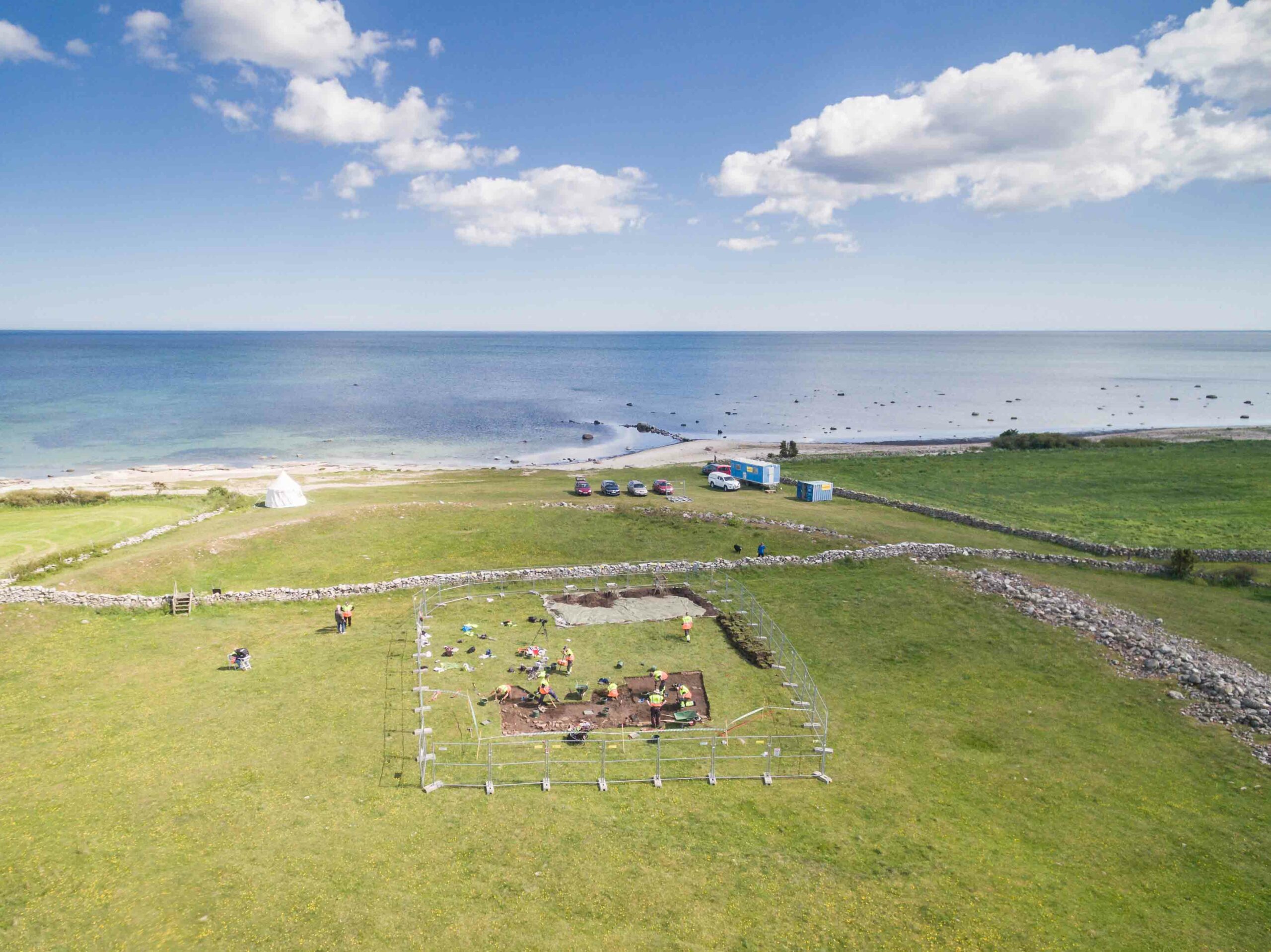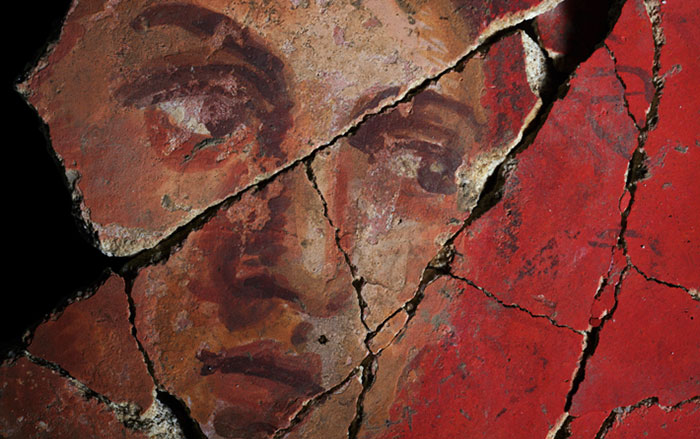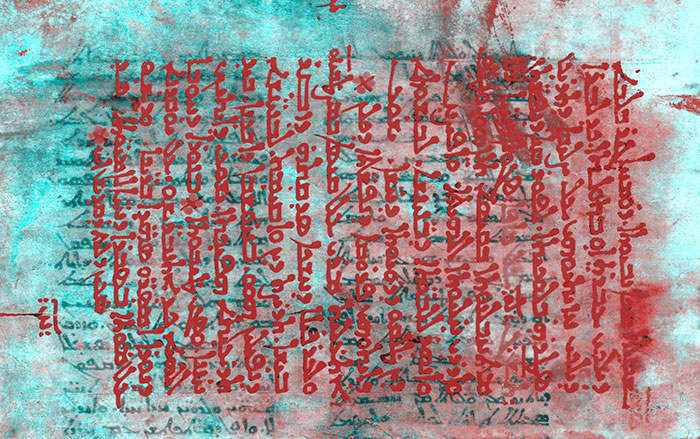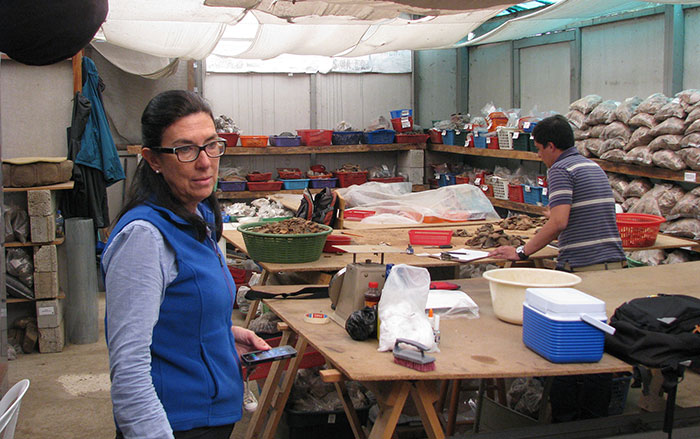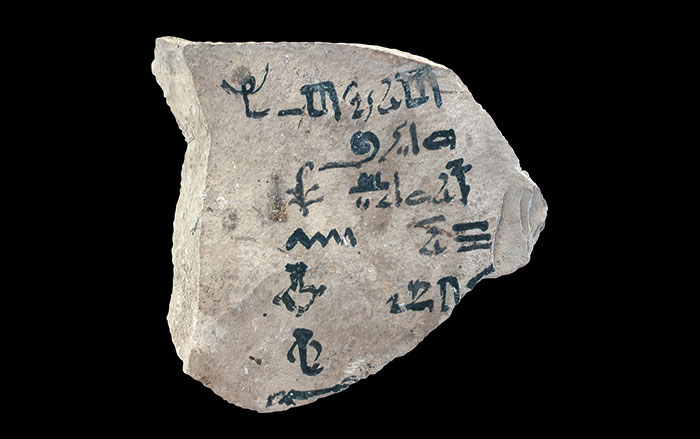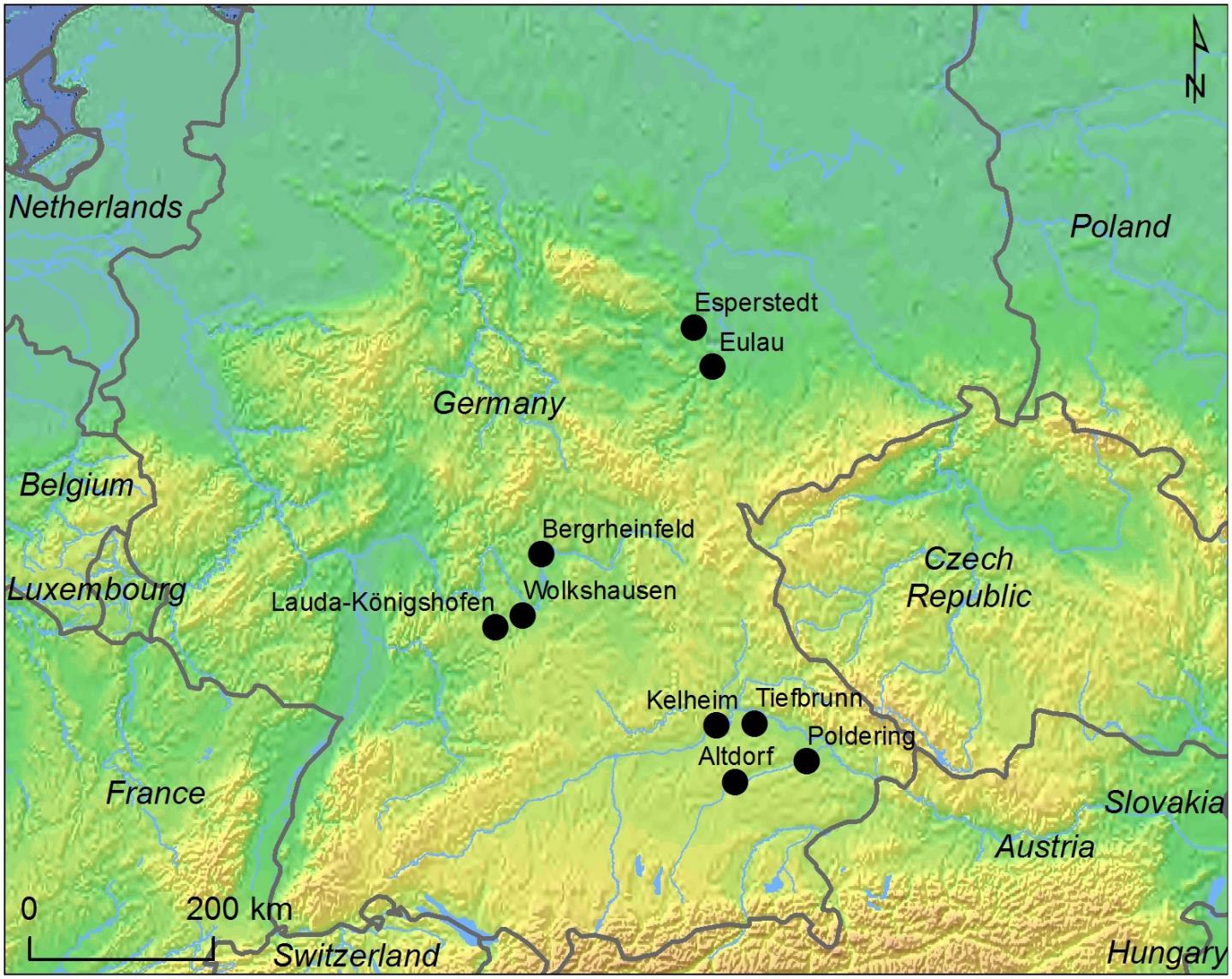
GOTHENBURG, SWEDEN—Karl-Göran Sjögren of Gothenburg University and his colleagues examined bones and teeth excavated from seven Corded Ware Culture sites, including two large cemeteries, in southern Germany. The Corded Ware Culture, found throughout Europe between 2800 and 2200 B.C., is noted for its burial of the dead in large burial mounds and pottery ornamented with corded textures. According to a UPI report, carbon dating and isotopic analysis of the remains in the study revealed that Corded Ware people subsisted in a variety of ways within isolated locations. At one cemetery, more than 40 percent of the remains were identified as non-local. Sjögren thinks that women in particular may have moved away from their birth villages to marry, taking their food preferences with them. “We interpret this as indicating a pattern of female exogamy, involving different groups with differing economic strategies, and suggesting a complex pattern of social exchange and economic diversity in Late Neolithic Europe,” he said. For more on archaeology in Germany, go to "The Neolithic Toolkit."


